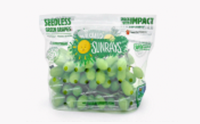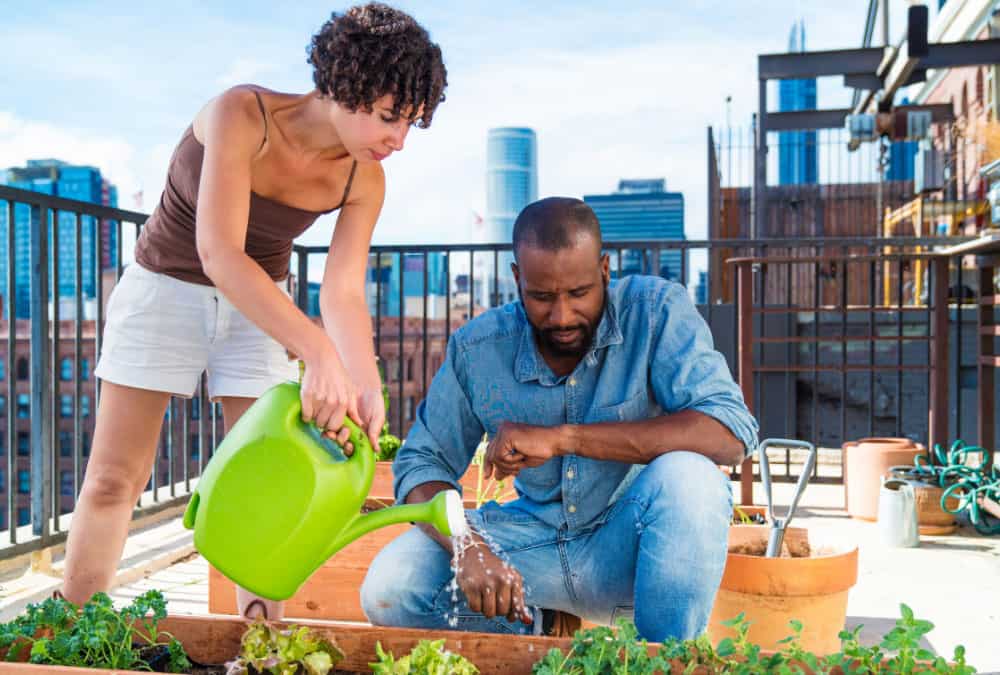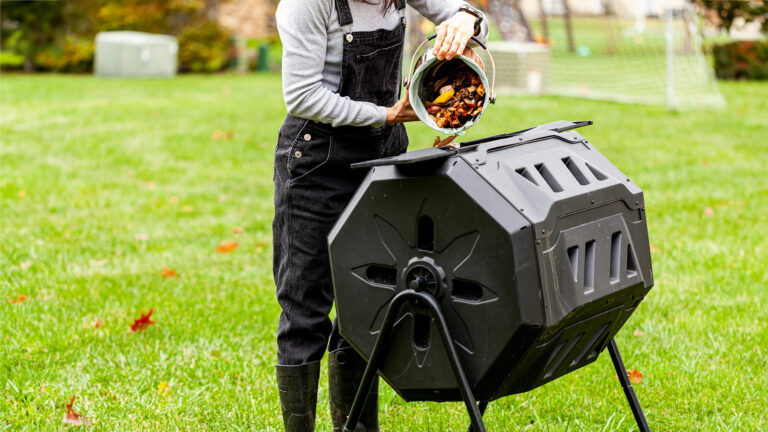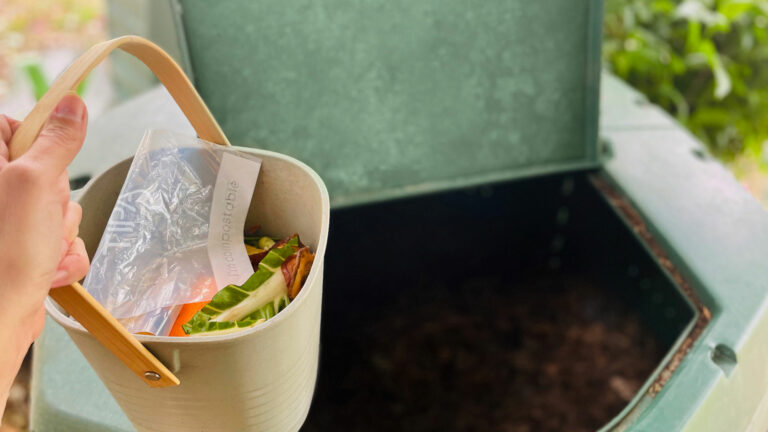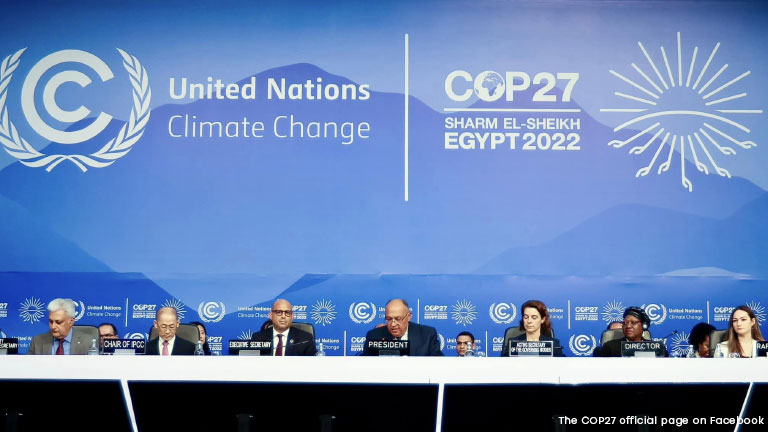In 2016, environmental activist Rob Greenfield performed a radical experiment: for a whole month, he walked around the streets of New York, wearing a plastic suit with large pockets, constantly filling them with all the garbage he created. He didn’t hesitate to accept anything that was offered to him during his stroll and shopping through the Big Apple: disposable caps, straws, brochures, plastic bags and takeaway food wraps. His claim was that trash is out of sight, out of mind; we throw it away – and immediately forget about it. Rob wanted to shock people by showing them, in this extraordinary way, how much trash we humans really create.
His unbelievably huge trash suit surely makes us wonder: How can we produce less trash? What can we do to live a more sustainable life?
Obviously, most of us can’t (or won’t) pay heed to everything we throw. But there are other ways to reduce our waste.
And no, wearing our trash is not one of them.
Here’s how to create a greener household and a greener community
1. Party greener
As 1.1 billion single-use plates and 4.25 billion pieces of cutlery are thrown away each year, there must be an alternative. Consider getting together with your neighbours to purchase several sets of multi-use tableware, which will replace the disposable items most of us use when we celebrate birthdays and other big events. This set can be shared with everyone in the neighbourhood; they will simply need to be loaned, washed after use, and returned.
2. Study greener
Use last year’s stationery and share your children’s textbooks instead of buying new ones.
3. Always greener
Use abandoned urban areas to create communal gardens, where you can grow the food you consume. These gardens have many advantages as reducing transportation costs and water waste, creating habitats and increasing your fruit and vegetable consumption by 37.5%.
4. Green bank
Products that are not frequently used, like drills, tents and ladders can be borrowed and lent among neighbors. Spend less, share more.
5. Second chance
Choose to purchase your clothing and furniture from second-hand shops and neighborhood garage sales.
6. It’s obscene to use the wrong bin
Discover and share information on the various types of recycling bins and what to put in each one.
7. E-Waste can be replaced
In order to reduce the world’s fastest-growing waste stream (50 million metric tonnes generated every year!), repair or pass on your outdated smartphones and computers and opt to purchase refurbished electronics.
8. Reduce water use
Install a low-flow showerhead, take brief showers and replace your yard’s natural grass with artificial turf.
9. Harness local business
Persuade the neighborhood supermarkets and stores to switch from conventional plastic bags to compostable packaging.
A BONUS TIP: Make the most of your compost
Either in your backyard or a communal garden, you can easily compost your food waste.
Did you succeed in getting your local businesses to start using compostable packaging AND set up a local compost? Well done! Now you can contact us at TIPA as we are focusing on high-end markets for flexible compostable packaging.
Our packaging emulate the characteristics of typical plastic bags, including their transparency, strength, look and feel. Thus, the transition from conventional to compostable packaging will be seamless. And the most important thing? these packaging, once used and put into a composter either at home or at an industrial facility, will disintegrate into the soil and biodegrade within 180 days, leaving zero waste behind.









